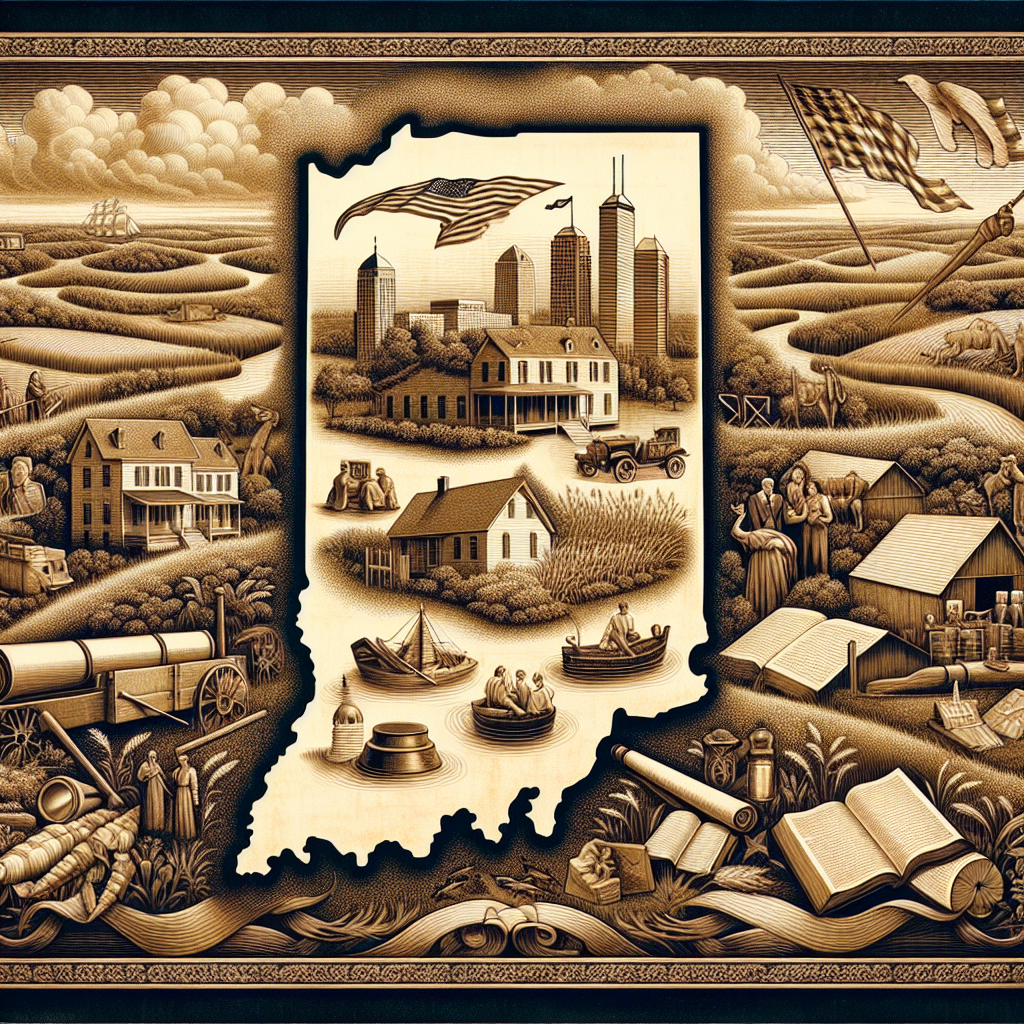Have you ever wondered why David and Goliath stories captivate us so deeply? In sports cinema, few films embody this archetype as powerfully as Hoosiers. Released in 1986 and directed by David Anspaugh, Hoosiers is a beautifully crafted underdog tale set in small-town 1950s Indiana, where a new coach takes charge of a high school basketball team. This classic features riveting performances by Gene Hackman and Dennis Hopper and has embedded itself into the cultural fabric of America. But let's break down why this film truly stands out among sports dramas.
Who Stars in This Classic?
At the heart of Hoosiers is Coach Norman Dale, played by the venerable Gene Hackman. Hackman’s portrayal strikes a delicate balance between stern leadership and redemptive passion. Opposite Hackman is Dennis Hopper as Shooter, an assistant coach wrestling with alcoholism, shining with a performance that earned him an Oscar nomination. Barbara Hershey rounds out the cast, playing Myra Fleener, a teacher who initially doubts Dale’s intentions.
What’s the Story Inside the Story?
Set in the fictional town of Hickory, Indiana, Hoosiers tells the story of a small high school basketball team and their journey to the state championship. But it’s not just about basketball; it’s a multi-layered narrative exploring themes of redemption, community spirit, and perseverance against the odds. It all starts when the determined coach, Norman Dale, arrives with a controversial past and radical ideas about teamwork and discipline. With an underdog team and a community at his heels, Dale implements not just basketball skills, but life skills.
When Did We First See Hoosiers?
The film made its debut in 1986. It was warmly received by audiences and critics alike, charming its way into the hearts of many. Its release came at a time when America was riding a wave of nostalgia for the virtues of small-town life and timeless values—a perfect storm for this Indiana-based narrative.
Where Does the Action Unfold?
While fictional, Hickory is a slice of authentic Midwest life. The breathtaking landscapes of rural Indiana serve as the backdrop, but the basketball court is where the soul of the movie lies. The story was partially shot on location in Indiana, lending it an air of authenticity and intertwining it with real geographic charm.
Why Is Hoosiers Significant?
The significance of Hoosiers extends beyond its plot. There's a scientific premise to why underdog stories naturally appeal to us; they stimulate areas of our brain associated with reward and empathy, enhancing our emotional connections. Furthermore, Hoosiers taps into universal themes: overcoming adversity, team spirit, and transformation. The film dives into human psychology, emphasizing resilience—a theme that engages our optimistic outlook towards life’s challenges.
Scientific Breakthroughs and Team Spirit
Hoosiers showcases interesting dynamics relevant to social psychology. Coaches throughout sports history have been likened to leaders in research fields who inspire teams to break new ground. Dale's coaching style, which emphasizes self-discipline and group cohesion, mirrors effective strategies in corporate and academic settings.
Optimism in Adversity: Fuel for Evolution
Drawing parallels between the evolutionary history of humans and the narrative of Hoosiers, we see a fascinating similarity. Our ancestors required optimism to move beyond obstacles and adapt. Coach Dale’s journey with the Hickory team illustrates this beautifully, reinforcing the power of belief in the face of daunting odds.
Lessons Worth Remembering in Today’s World
Beyond its historical context, the lessons from Hoosiers resonate today. At its core, the film drives home the idea that teamwork and hard work are indispensable. In an era where technology shifts rapidly and globalization shapes everyday life, the persistence and unity embodied by the Hickory team become reminders of what we can achieve together.
Interestingly, the film's portrayals extend beyond the screen. Many modern educational tools leverage storytelling for more engaging learning experiences. Just as Hoosiers immerses its audience, educational methods are increasingly using narrative to impart lessons and enhance understanding.
The 1980s Revival of the Underdog Film Genre
In the 1980s, audiences saw a revival of the 'underdog' narrative across media. Echoes of Hoosiers can be found in the surge of sports films across this decade, signaling a cultural shift towards celebrating resilience and perseverance—aptitudes reflective not only in cinema but in collective human endeavors.
Conclusion (If We Must Call It That)
Throughout human history, stories like Hoosiers have captured our imagination, teaching us invaluable life lessons while igniting the hope within us. This film remains a testament to the enduring appeal of stories where human will triumphs over apparent limitations. As a lens focused on human resilience, Hoosiers underscores the scientific optimism and evolutionary success in overcoming challenges—a narrative just as relevant today as it was then.

